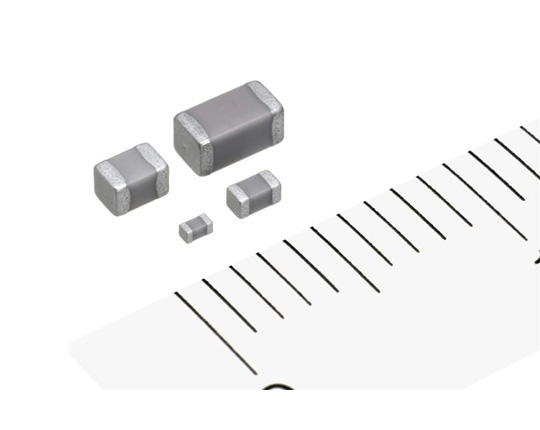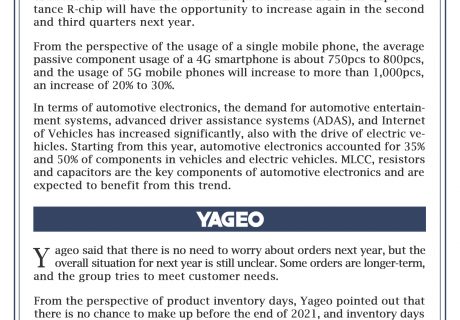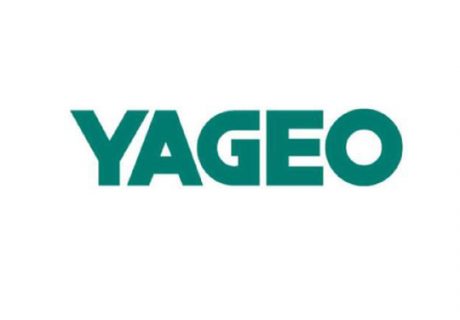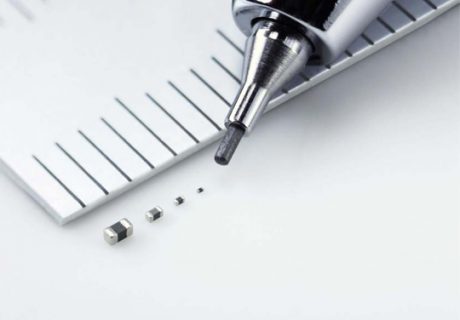According to OEM industry insiders, the supply of MLCC currently is not as tight as before, and the overall supply situation tends to ease. Although it is not certain whether the passive components will increase in the fourth quarter, at least the tension has been eased. For these OEM, it is a good thing that the supply and demand of MLCC are balanced and the price returns to a reasonable level. However, the industry is more concerned about the changes in the industry trend behind the shortage of MLCC. The industry believes that the important reason for the shortage is that the automotive market has grown ten times faster, taking up the supply of electronic components in other electronics industries.
It is worth noting that the MLCC shortage has a great correlation with the rapid growth of the automotive market. From the perspective of the concept car of the Frankfurt Motor Show and the Tokyo Motor Show in recent years, including artificial intelligence (Al), Internet of Things (loT), advanced driver assistance system (ADAS) and other important application technologies. In the future, automakers will provide information technology applications such as vehicle and human interaction, vehicle perception of road conditions, and use of artificial intelligence to improve vehicle safety. The demand for passive components in the automotive industry has grown substantially, highlighting the stagnation of the demand for electronic components in smart phones, and the era of networked cars, self-driving cars, and electric vehicles is about to come.
According to Japanese official statistics, the export of passive components used in electronic and automotive products has increased significantly. The Japanese industry believes that mainland China is actively developing SG, self-driving cars and electric vehicles, which has great growth potential for imported Japanese equipment. In addition, Japanese automakers have noticed the trend of autonomous driving. Toyota has invested about 9.4 billion US dollars in research and development in the past year, Apple invested 123 billion US dollars and Google invested 17.7 billion US dollars, highlighting the competition of the global new generation car industry. the traditional car manufacturers will face great challenges, Just like the Apple iPhone has subverted the telecommunications industry ecology, defeating traditional mobile phones such as Nokia and Motorola.
Apple and Google enter the automotive market, self-driving requires a large number of electronic components. The component supply chain must cooperate to complete the vehicle test and verification as soon as possible. Although many automakers have not yet fully launched Level 3 and above self-driving vehicles, various vehicle safety electronic systems, digital instrument panels, voice control systems, and facial recognition systems have increased the use of passive electronic components.
Only by catching up with the demand for autonomous driving and electric vehicles, and increasing the proportion of automotive business, then can be favored by the investment market. As for the electronic components suppliers whose main business is still limited to consumer electronics, low-end smart phones, and low-cost network communication products, the future growth space will have great limitations. Therefore, suppliers of passive components, including Samsung, Murata, and TDK, have successively deployed their own production capacity to increase the revenue share of automotive products.
At present, Taiwan MLCC manufacturers have invested in automobile supply chains, such as Yageo and Walsin, but the popularity in the international market is not high, and the revenue from the automotive market is relatively low, only about 10%. According to industry analysts, in the automotive electronics market, it is difficult for Taiwan producers to become direct competitors of Japanese and Korean factories in the short term, as many automakers have already worked closely with Japanese and Korean factories. The industry insiders stressed that Taiwan producers such as Yageo and Walsin will do the same thing as Murata and TDK, to increase the production ratio of passive electronic components for vehicles, then MLCC for consumer electronics will be transferred to producers in mainland China.



















